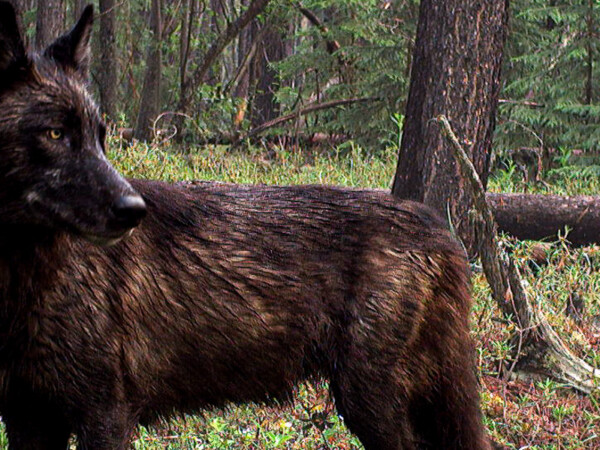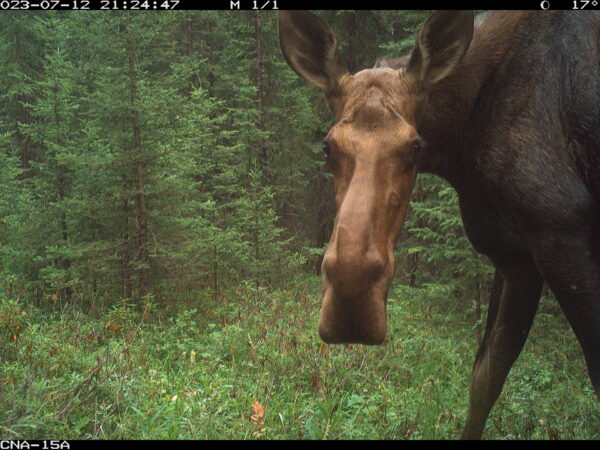
Tracking Through the Seasons
April 28, 2025
One of the most captivating aspects of animal tracking is its dynamic nature—how tracks, sign, and landscapes morph…

April 28, 2025
One of the most captivating aspects of animal tracking is its dynamic nature—how tracks, sign, and landscapes morph…

April 8, 2025
If you’ve ever heard the saying “weasel your way out of a situation,” you might not be surprised…

December 6, 2024
The social relationship coyotes have with humans is unique and interesting, but so are the interactions that coyotes have with each other, especially when it comes to coyote families and kin recognition.

November 1, 2024
If you’ve taken a stroll through Edmonton’s river valley, you’ve likely heard the rapid, scolding chatter of a…

September 4, 2024
Grizzly bears (Ursus arctos) and black bears (Ursus americanus) are two species of bears found commonly around the north and west areas of Canada. They can sometimes be hard to tell apart.

August 1, 2024
Although encountering a black wolf might seem a rare event, Alberta actually has a notably high number of them. In Alberta, 55% of wolves are black, compared to just 33%

July 2, 2024
“Wapiti” and “elk” are two of the names bestowed upon Cervus canadensis, the second largest species in the…

June 1, 2024
With a scientific name so nice you’ll want to say it twice, north American moose (Alces alces) are…

May 21, 2024
Researched, written, and illustrated by Bria Griffin, Junior Science Communicator Scurrying to and fro amidst the parkland ecosystems…

May 1, 2024
The stealthy killer. The elusive predator. The cat that can deliver a killing blow before even being seen….